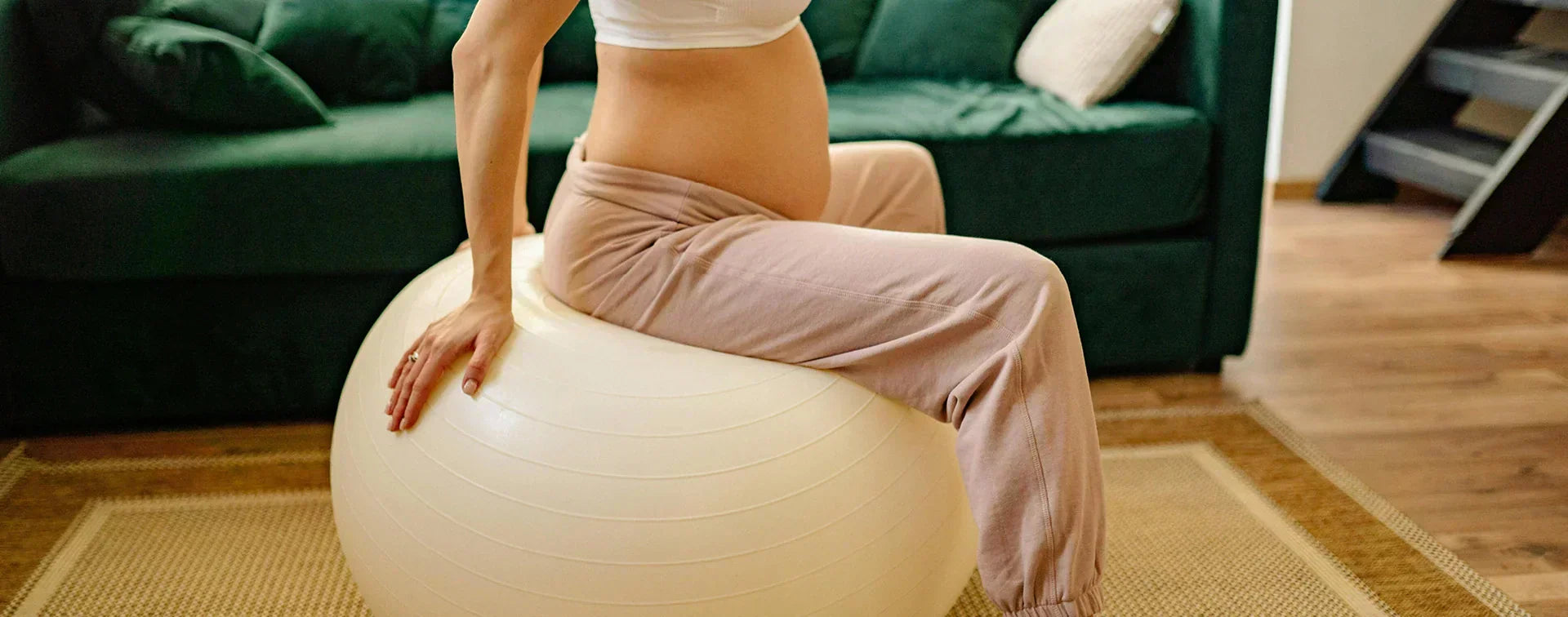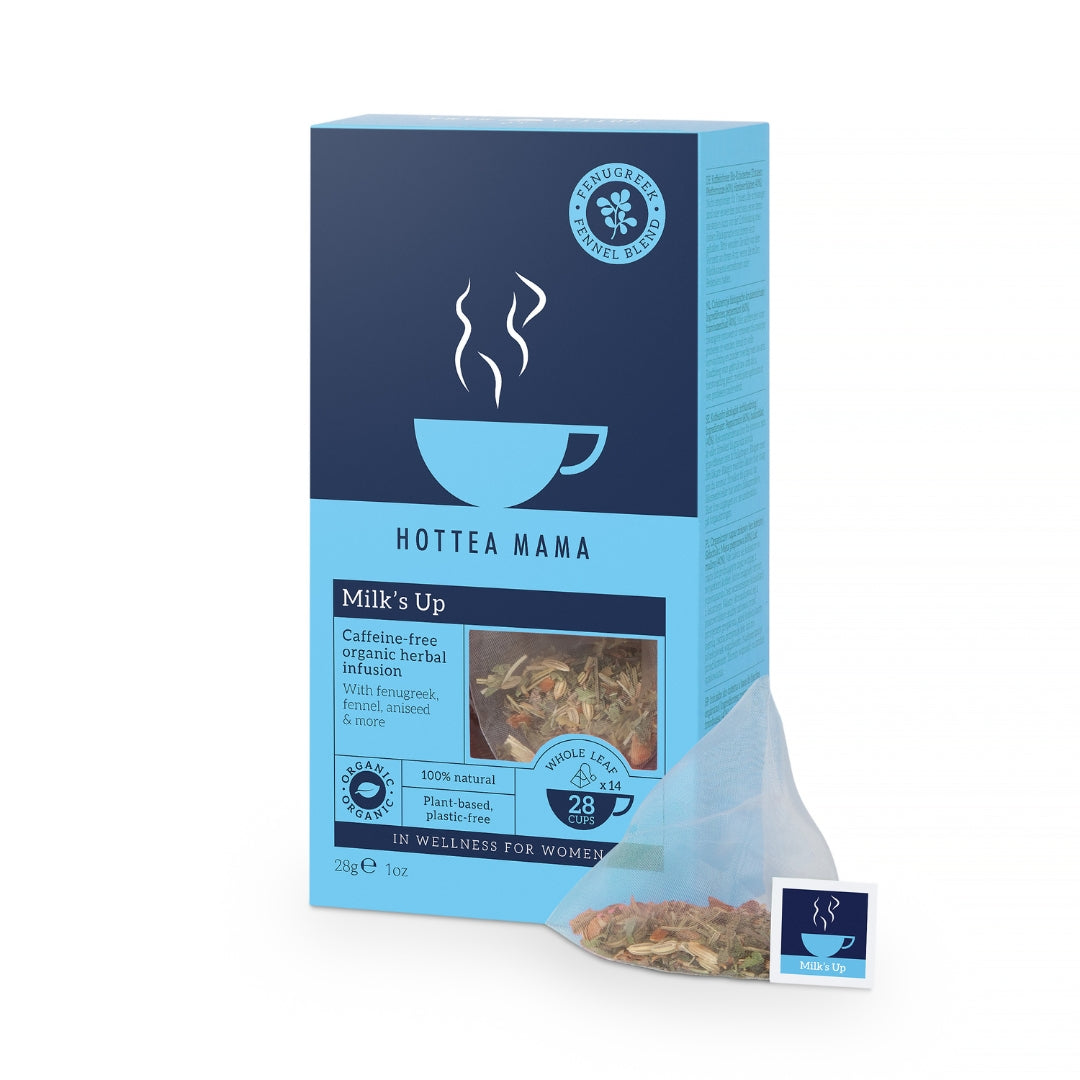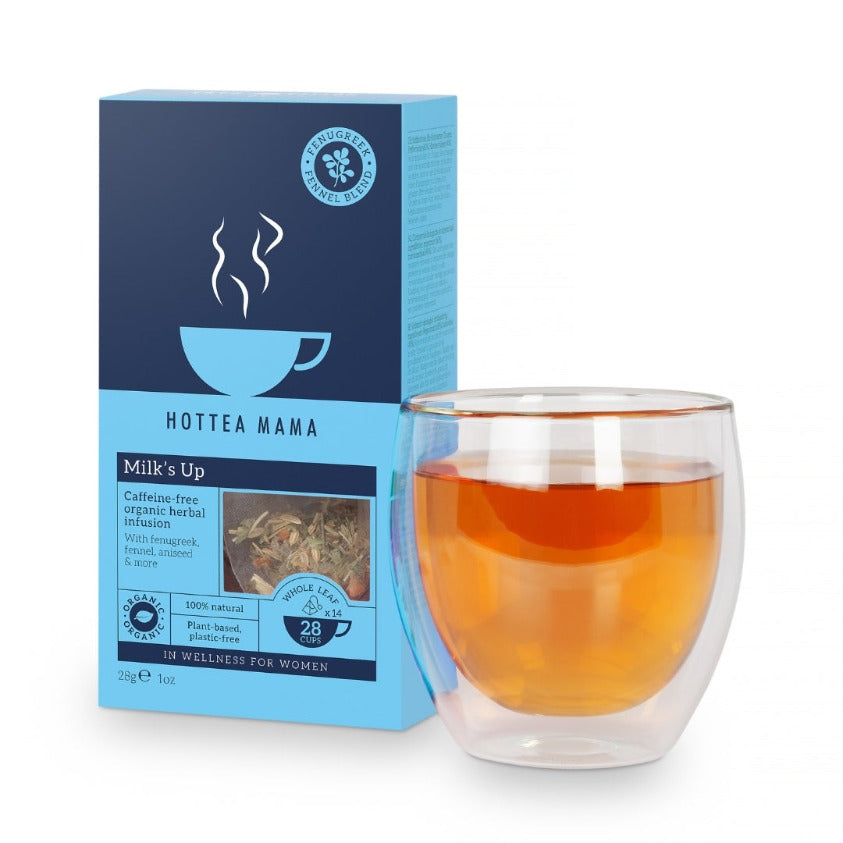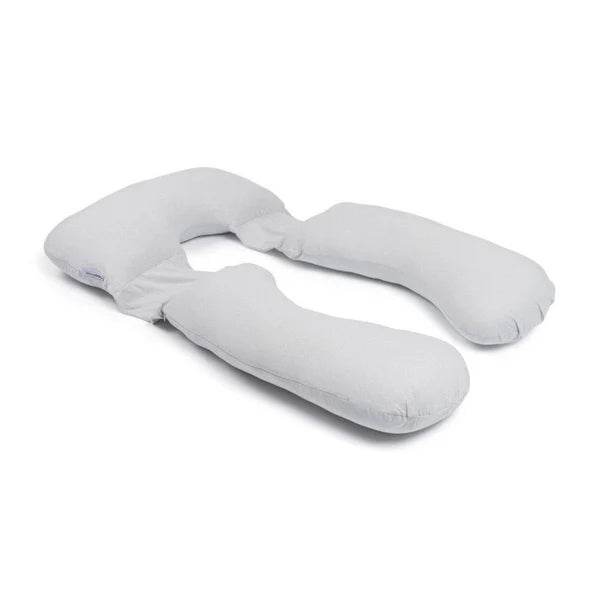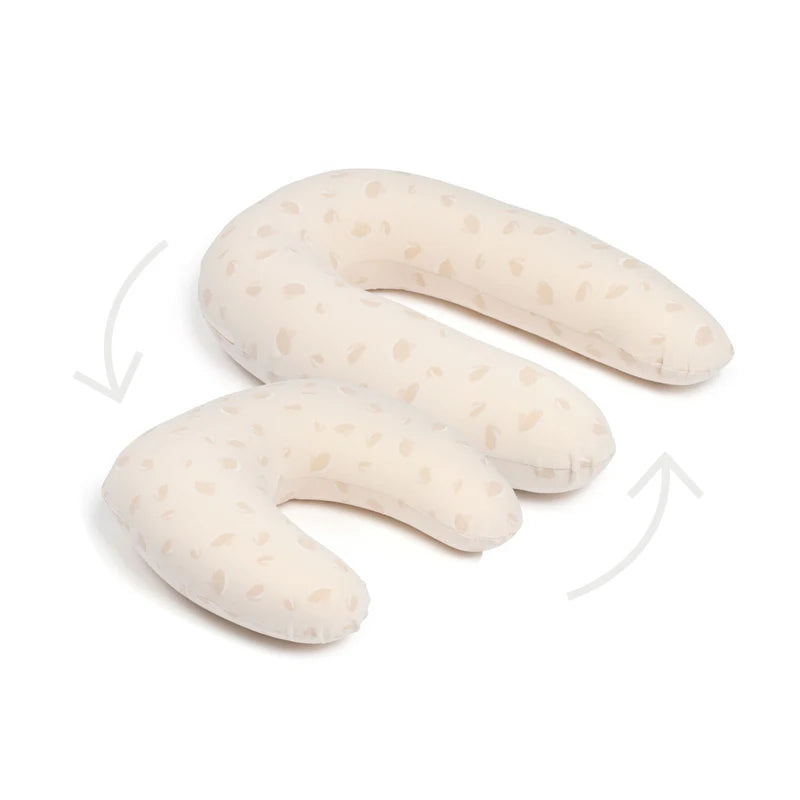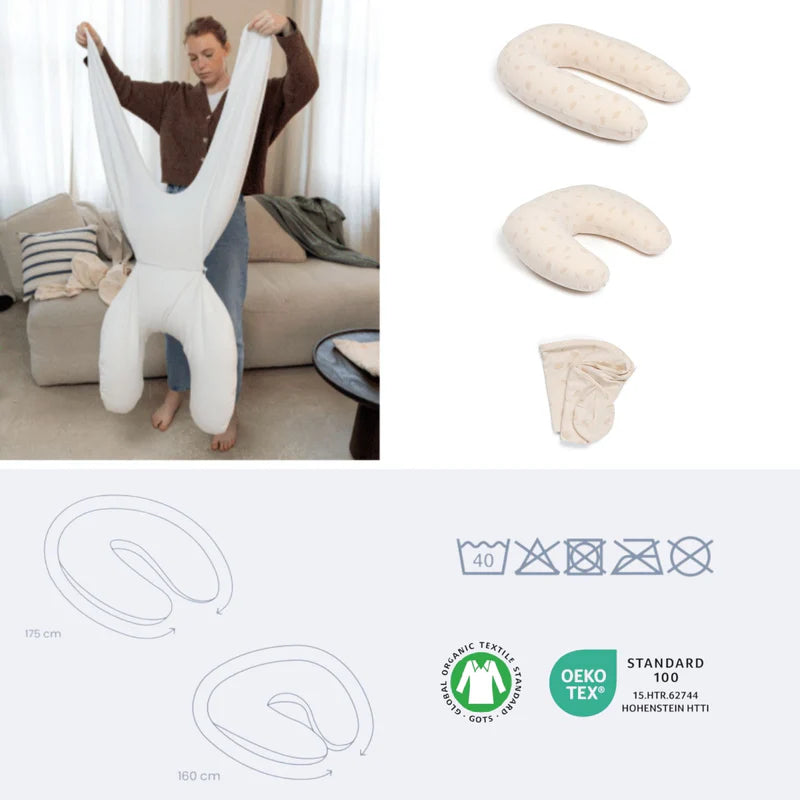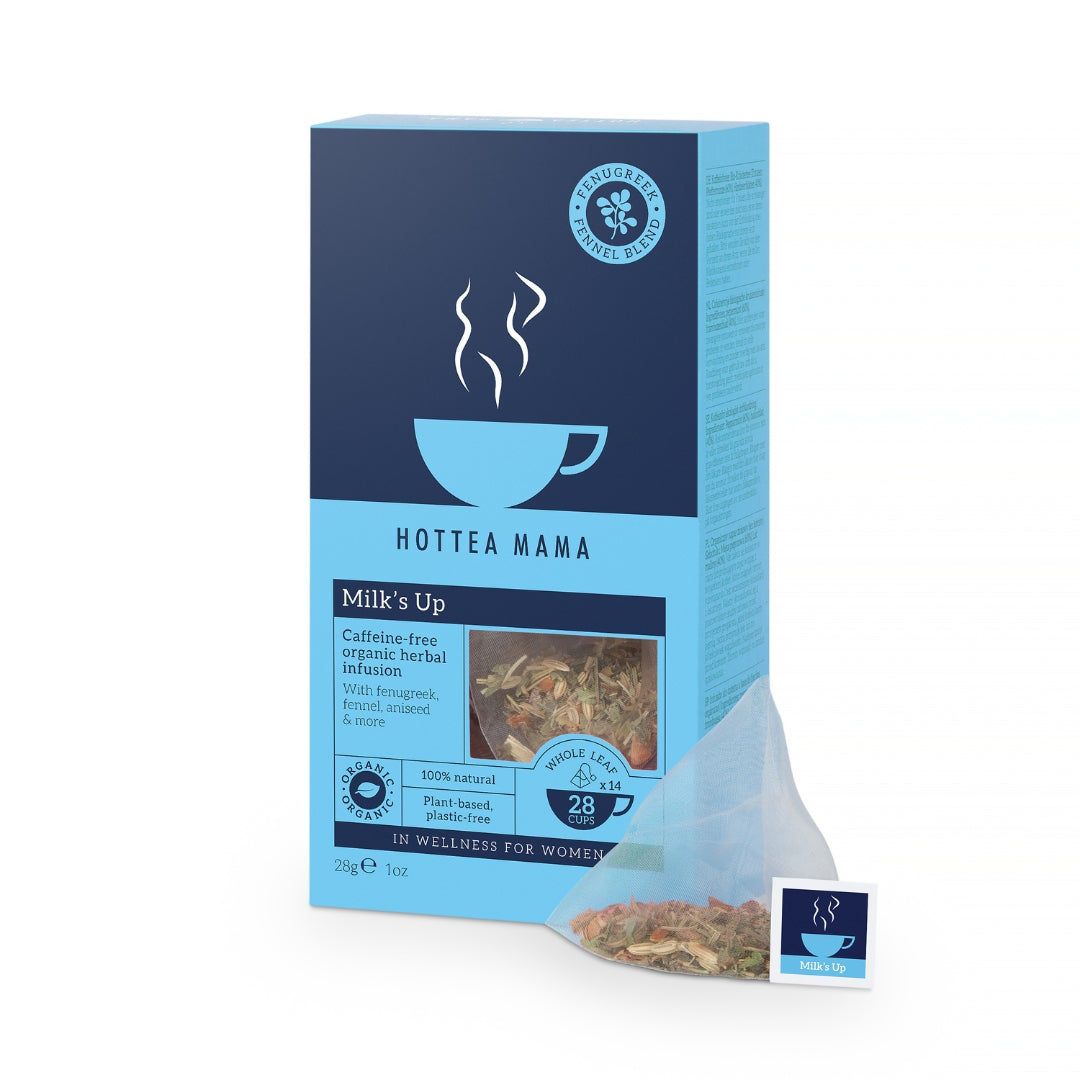Bringing a new baby into the world is an incredible journey, but one that places big demands on your body - especially your pelvic floor. In this blog, pelvic health physiotherapist Liz Childs shares what you need to know about your pelvic floor post- birth, the role of exercises in rebuilding strength, and when (and where) to seek professional support to help you heal and thrive.
Postnatal Pelvic Floor Health: What You Should Know
By Liz Childs, Pelvic Health Physiotherapist, Founder of Pelvic Health Physiotherapy (Wellington)
For many people, becoming a parent is a life-changing, joyous experience. However, some face challenges when it comes to regaining the strength and function of their pelvic floor. This can impact daily activities, exercise, and recreation, sometimes causing significant distress.
One in three people who have ever had a baby experience urinary incontinence. Around 17% have symptoms of prolapse, and 20% encounter painful sex at some point in their lives. These issues are common, but they’re not normal, and you don’t have to put up with them.
The Impact of Vaginal Delivery on the Pelvic Floor
During vaginal delivery, many people experience tearing of the perineum or require an episiotomy. Others may suffer from trauma to the pelvic floor muscles or anal sphincters.
Often birth injuries can be repaired, and no further complications arise. However, for some, this is not the case and it’s a good idea to seek help. If you had your baby after 1st October 2022, and you suffered a birth injury, you will be eligible for funding from ACC towards the cost of treatment with a pelvic health physiotherapist.
There can also be damage that is not immediately noticeable, and symptoms can emerge weeks, months, or even years later.
The good news is that you don’t have to become a statistic. With the right approach, you can strengthen your pelvic floor and prevent symptoms from worsening or developing—no matter how long it’s been since you had a baby. Even if it's been years, you can still make a difference.
What is the Pelvic Floor?
The pelvic floor is a group of muscles that forms a sling from the pubic bone to the tailbone. These muscles must be strong enough to hold everything in place, flexible enough for activities such as vaginal sex and tampon use and coordinated enough to release at the right time for bladder and bowel emptying.
How Do You Know if You Have a Problem?
Pelvic floor dysfunction can present with a variety of symptoms, including:
- Bladder leakage (e.g. when you cough or sneeze)
- Urge incontinence (not making it to the toilet in time)
- Bowel control issues (including loss of stool or wind)
- Pain during sex (this may require pelvic floor muscle relaxation, not strengthening)
- Heaviness or a dragging sensation in the vagina (potential prolapse)
What Can You Do About It?
There is a wealth of evidence supporting the benefits of pelvic floor muscle training. International guidelines recommend that all women, both during pregnancy and after childbirth, do pelvic floor exercises. Ideally, an experienced pelvic health physiotherapist should help you ensure that you’re performing the exercises correctly. However, due to financial barriers and lack of resources, this is not always feasible in New Zealand. Fortunately, there are resources available. Click here for a free downloadable pregnancy and postnatal pelvic floor guide.
Lifestyle Modifications to Protect Your Pelvic Floor
Several simple changes to your daily habits can help reduce the strain on your pelvic floor:
- Coughing or sneezing: Tighten your pelvic floor and lower abdominal muscles during these actions.
- Heavy lifting: Try to limit the weight you lift and use proper lifting techniques.
- Constipation and straining: Ensure you have adequate fibre and fluid intake.
- Regular, moderate exercise like brisk walking can help with digestion and prevent excess straining.
- Obesity: Weight gain can affect pelvic floor function. Even a small amount of weight loss can have a positive impact on bladder control.
- Appropriate physical exercise: Women with pelvic floor problems should be cautious with certain exercises and may need to make some modifications until they are stronger. For guidance, consult an experienced pelvic health physiotherapist.
Long-Term Care
Once you’ve strengthened your pelvic floor, it’s crucial to continue daily pelvic floor exercises for maintenance throughout your life. In addition, being mindful of your daily activities is important.
Seeking Help
If you’re unsure about how to do pelvic floor exercises, or if you want to have the strength and function of your pelvic floor assessed, seek help. Most larger hospitals have a women’s health service, or you can visit a private pelvic health physiotherapist. Typically, only two or three sessions are needed, spread over a few months. This can make a significant difference.
A pelvic health physiotherapist can also provide treatment for other concerns, including bladder and bowel control, prolapse, pelvic pain, and sexual discomfort. They can assist with post-Caesarean recovery, as well as general strengthening exercises -including abdominal work and posture retraining.
Conclusion
Taking care of your pelvic floor is essential for overall well-being, particularly after childbirth. You don’t need to suffer in silence. Whether you’re looking to prevent symptoms or recover from birth trauma, strengthening your pelvic floor and making small lifestyle changes can make a big difference. And remember - it's never too late to start!


